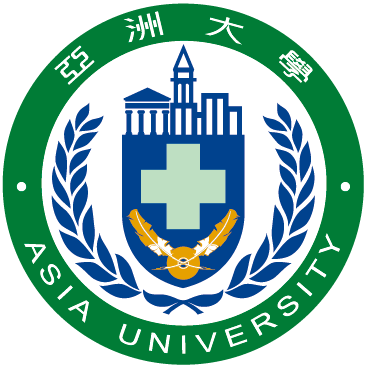|
|
On December 27, 2018, Chestnuts EAP Coach Academy (Beijing) hold an online panel which involved Ms. Jie Zhang, co-founder and CEO of Chestnuts(Beijing), Dr. JyhHong Lee, associate professor in industrial and organizational psychology, Department of Psychology, Asian University, and Mr. Gregory DeLappe, CEO of International EAPA as speakers, and Dr. Peizhong Li, Deputy General Manager of Chestnuts(Beijing) as the moderator, and more than 1,000 EA and psychology professionals participating in this event. This panel reviewed the agenda of 2018 International EAPA Annual Meeting and the China Chapter 2018 Summit, and told the situation and challenges of Chinese EAP development. Panelists emphasized the key to Chinese EAP transformation is to re-establish professional identity, including the definition and scope of EAP, the difference between EAP counseling and psychological counseling and social services, and what EAP profession and industry need to do.
Ms. Zhang first pointed out that EAP in China must be more rooted in workplace and closely related to employees and organizations. Founded in 1971, EAPA is the most authoritative EAP professional association and its annual Conference is the most important EAP gathering in the world. EAP is an acronym for Employee Assistance Program, which is closely linked to the performance of organizations and employees. It targeted clearly toward organization and its employees and their families, and aimed to help solving problems and improve organizational effectiveness. EAPA 2018 Conference involved abroad aspects of the workplace and employees and managers at different levels, scales, and their issues. In contrast, the China Chapter 2018 EAP Summit in November 2018, which in theme of "Serving the Society, Innovating the Governance" with speech topics like "Review and Outlook of China's EAP 20 Years", "Core Elements of Social Psychological Service System Construction", and "EAP in Opportunities in the psychological service system and the application of artificial intelligence in EAP”, seemed to be more inclined to the psychosocial services.
Dr. Lee echoed that the current development of EAP in China is more focused on psycho-social services, rather than indicators of economic, business and management significance. He emphasized the differences between EAP and social services or psychological counseling in terms of mission, vision, strategy, goals, and even practice and technology. By interpreting the EAP core technologies defined by the International EAPA including management consulting, advocacy and initiatives, assessment and referral, counseling and education services, case management, consulting organizations and managing vendors’ contracts, referral to medical and clinical services, evaluation on effectiveness and utility, he clarified that all technologies involved psychology essences, and on the other hand, are not psychology or its applications, nor based on psychology.
Mr. DeLappe, the international professional leader and CEO of EAPA, urged for EAP to be part of the business management, and in its value to provide employees and employers with assistance of solving problems. EAP is a unique approach to helping people improve their behavior and solve problems for both employees and employers. We could think of EAP as an extension of the employer's system for dealing with employee relations issues. EAP is in line with the policies, regulations, and processes that govern employee relationships. This system includes modules for employee benefits, training, information and communication, staff reduction, quality improvement, and safety promotion. No matter where you do business in the world, no matter which area your business belongs to, these contents are essential in business operations. EAP belongs to the same field as these contents, and has the same nature as employee benefits, communication, and training of human resources. It is part of the business management. EAP is not a one-time activity, nor outside of the organization, and that approach is ineffective; it must be linked to the organization, and through human resource management as usual.
Mr. DeLappe specifically talked about what is not EAP, neither a mental health center nor a mental health service plan prepaid by the employer. EAP sometimes provides services to care for the elderly, but these services are inseparable from the background of the workplace. If an employee has to take care of the elderly at home, then it comes a problem to him on the job. The goal of EAP to deal with this problem is not to comprehensively address the problem for caring the elderly. Instead, it is a side of caring for the employee himself. In this case, EAP could establish a connection between employees and various resources, and its goal is to ensure the safety and effectiveness of employees.
Dr. Lee said that, there was an obstacle in EAP practice in cross-strait China. That is to emphasize the pressures and physical and mental health issues of employees in their situation too much, and rarely focus on the perspective and practice of employers taking care of their employees and getting rewards from these kinds of improvement. Ms. Zhang also echoed that EAP intervention includes not only psychological counseling, but also support and assistance to various issues. The panelists mentioned that EAP has its own principles and rules, for example, dual clients system, short-term or structural intervention approaches, which many counselors, psychologists and helping professionals are not so familiar with.
Mr. DeLappe gave the ending: "The logic of EAP is actually very simple. Whether organizations and employees have problems and need to solve problems, then comes EAP to be the bridge from the current situation toward to problem solving." The panelists expected to meet from time to time, to explore the trend of the Chinese EAP, and to advice EAP industry and professionals.


